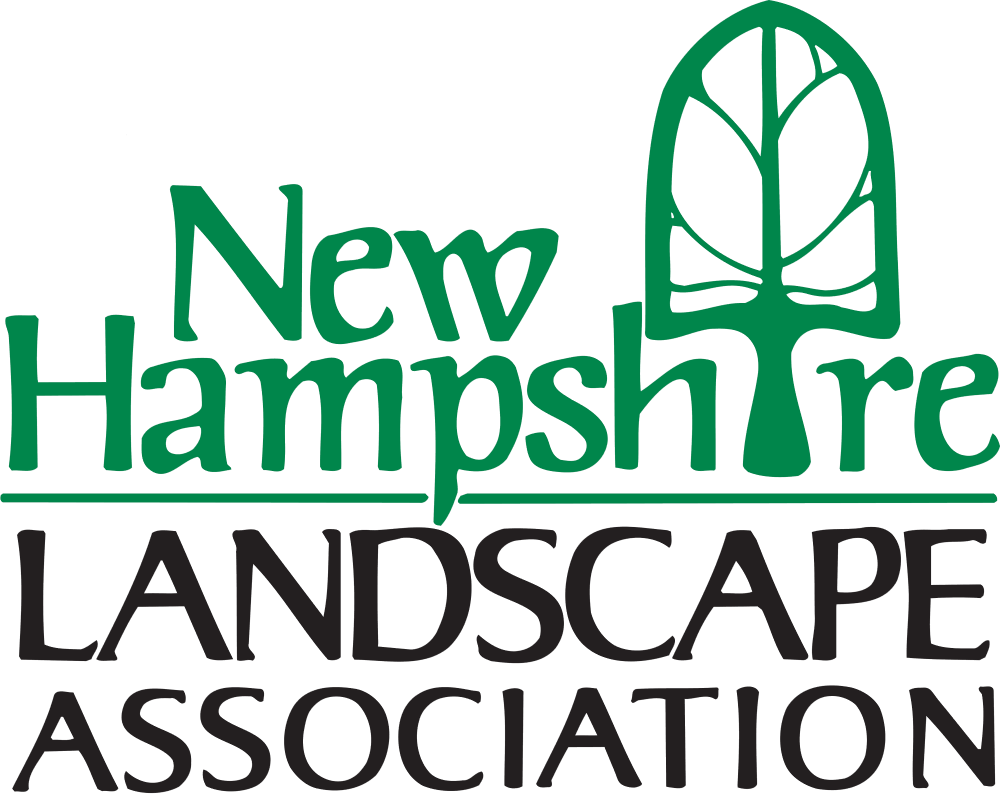Exam Practice Questions
- Cultivar Identification in Gleditsia triacanthos “Sunburst”
Question: Which part of the plant name Gleditsia triacanthos “Sunburst” denotes the cultivar?
a) Gleditsia
b) triacanthos
c) ‘Sunburst’
d) Gleditsia triacanthos - Understanding Leaf Discoloration
Question: Yellow coloration of a leaf caused by nutritional failure, disease, or other causes is called:
a) Necrosis
b) Damping off
c) Mutation
d) Chlorosis - Deciphering Plant Food Composition
Question: In a 20 lb. bag of 10-10-10 general-purpose plant food, the actual content of the three main ingredients in the mixture would be:
a) 3 pounds each
b) 6.33 pounds each
c) 2 pounds each
d) 5 pounds each - Plant Anatomy and Function
Question: In the trunk and branches of woody plants, the __ forms the xylem and phloem.
a) Cotyledons
b) Chlorophyll
c) Glucose
d) Cambium - Proper Tree Planting Technique
Question: The planting hole for the tree should be 2-3 times the diameter and 2 times the depth of the root ball.
a) True
b) False - Lawn Maintenance Guidelines
Question: A good rule of thumb for cutting a lawn is to never remove more than:
a) One half of the leaf blade per mowing
b) One third of the leaf blade per mowing
c) Two thirds of the leaf blade per mowing
d) 75% of the leaf blade per mowing e) 10% of the leaf blade per mowing - Identifying Accident Causes
Question: The main cause of accidents is:
a) Machine failure
b) Site hazards
c) Distraction
d) Human error - Principles of Residential Landscape Design
Question: Residential landscape design is comprised of divisions called:
a) Service, garden, access
b) Private, service, public
c) Public, lawn, private - Importance of Soil Testing in Landscaping
Question: According to landscape contract specifications, topsoil should be tested by a recognized laboratory for pH and soluble salts.
a) True
b) False - Utilizing Groundcovers in Sustainable Landscaping
Question: Groundcovers are used in ‘sustainable’ landscaping to:
a) Replace lawn areas
b) Reduce weeds along pathways
c) Blend edge environments and transition areas
d) All of the above
Answers:
c, d, c, d, b, b, d, b, a, d
